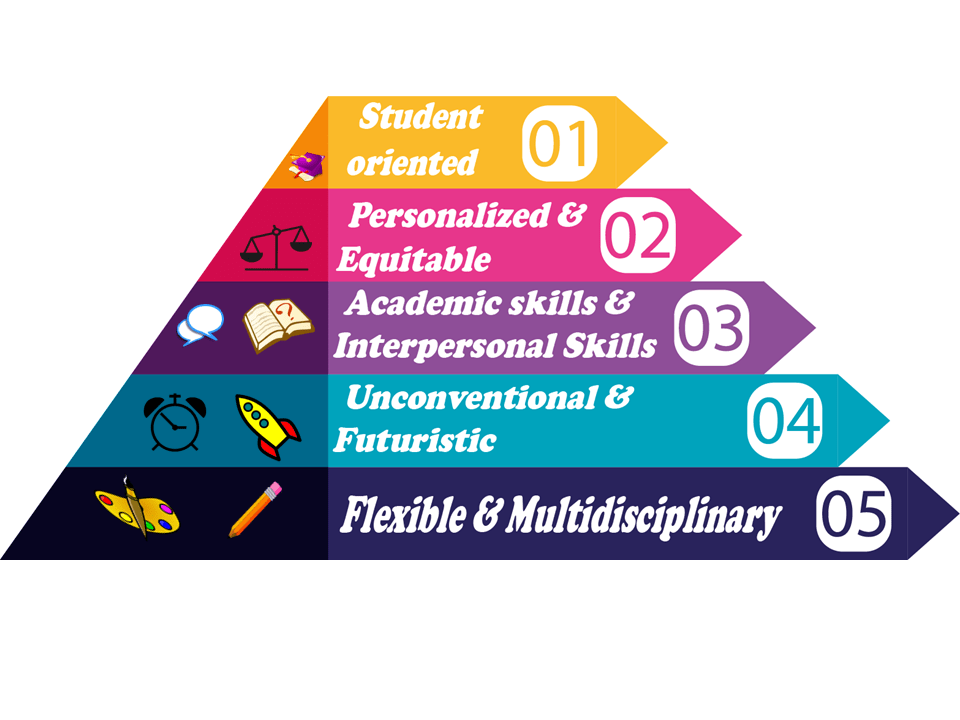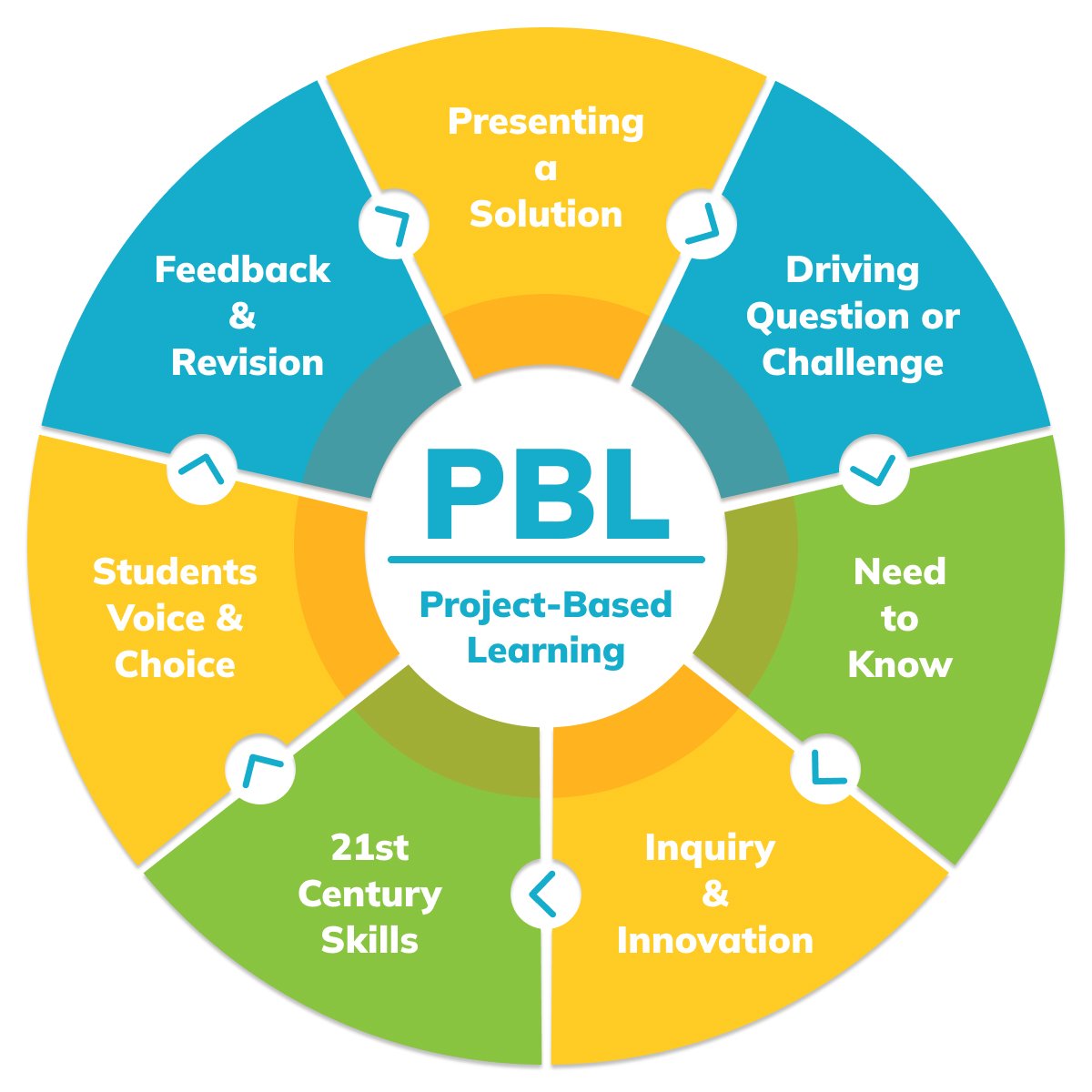
Introduction to Project-Based Learning (PBL)
Project-Based Learning (PBL) is more than just a teaching method; it’s an educational revolution. Imagine students diving into real-world challenges, collaborating with peers, and developing solutions that could make a difference. In this dynamic learning environment, curiosity takes center stage while traditional rote memorization steps aside.
As schools seek innovative ways to engage learners and foster critical thinking skills, PBL stands out as a powerful approach. It transforms the classroom experience by encouraging exploration and creativity. But what exactly are the benefits of project-based learning? And what challenges might educators face when implementing it?
Let’s delve deeper into the world of Project-Based Learning to uncover its advantages for both students and teachers—and explore how to navigate potential hurdles along the way.

Benefits of PBL for Students
Project-Based Learning (PBL) offers students a dynamic way to engage with content. It fosters critical thinking and encourages creativity. When students work on real-world problems, they see practical applications of their knowledge.
Collaboration is another key benefit. PBL promotes teamwork, allowing students to learn from each other. They develop communication skills that are essential in today’s interconnected world.
Moreover, PBL enhances motivation. Students often feel more invested when working on projects that interest them or relate to their lives. This investment leads to deeper learning experiences.
Self-directed learning also flourishes within this framework. Students take ownership of their education and make choices about how they approach tasks, which builds confidence and independence.
PBL helps cultivate problem-solving abilities. As challenges arise during projects, students must adapt and find solutions—skills vital for future success in any field.
Benefits of PBL for Teachers
Project-Based Learning offers teachers a chance to break away from traditional lecture-based methods. It fosters creativity in lesson planning, allowing educators to engage with their students actively.
Teachers become facilitators rather than mere providers of information. This shift encourages deeper connections between them and their students, as they guide learners through the project process.
Additionally, PBL cultivates collaboration among faculty members. Teachers can share ideas and resources, enhancing their professional development while creating an enriching classroom environment.
Moreover, successful projects often lead to increased student engagement. When students are excited about what they’re learning, it inspires teachers too. The energy in the classroom becomes contagious.
Seeing the tangible results of student work can be incredibly rewarding for educators. Witnessing personal growth in learners reinforces why many chose teaching as a profession in the first place.

Challenges of Implementing PBL
Implementing Project-Based Learning (PBL) can be a daunting task for educators. One major challenge is the need for extensive planning and preparation. Teachers must design projects that align with curriculum standards while ensuring they are engaging and meaningful.
Another hurdle is time management. Projects often require more time than traditional lessons, which can disrupt pacing guides. This may lead to frustration among both students and teachers as deadlines approach.
Additionally, assessing student work in PBL settings can be complex. Standardized tests focus on individual knowledge rather than collaborative effort and creativity, making it hard to measure success accurately.
Not all students thrive in group settings. Some may struggle with teamwork or feel overshadowed by peers, creating an imbalance in participation and learning outcomes. Addressing these dynamics requires careful consideration from educators committed to effective PBL practices.
Tips for Successful PBL Implementation
Start by clearly defining your project goals. Make sure they align with curriculum standards and student interests. A strong foundation sets the stage for success.
Encourage collaboration among students. Form diverse teams to foster creativity and problem-solving skills. When learners work together, they gain different perspectives that enrich the project experience.
Provide ongoing feedback throughout the process. Regular check-ins help guide students while keeping them engaged and motivated. This continuous support can enhance their learning journey significantly.
Utilize resources effectively. Incorporate technology, community expertise, or local facilities to provide real-world context to projects. These elements often lead to a more enriching experience.
Celebrate achievements along the way. Recognizing milestones boosts morale and keeps enthusiasm high as students navigate challenges in their projects.

Examples of Successful PBL Projects
One standout example of successful Project-Based Learning is the “Green School” initiative in Bali. Students engage in sustainability projects that involve designing eco-friendly solutions for their school environment. They collaborate on everything from constructing bamboo furniture to creating a waste management system, all while learning about environmental science.
Another inspiring project comes from a high school in Texas where students tackled local community issues. They identified problems like food deserts and organized a farmer’s market, bringing fresh produce to underserved neighborhoods. This hands-on experience not only educated them on economics but also fostered social responsibility.
In Australia, an elementary school implemented PBL by connecting students with local historians to create digital presentations on indigenous culture. The children conducted interviews and researched historical sites, fostering respect for diversity along the way. These projects demonstrate how engaging real-world challenges can make learning meaningful and impactful for everyone involved.
Conclusion
Project-Based Learning (PBL) presents a dynamic approach to education that fosters innovation, collaboration, and critical thinking. The benefits for students are significant; they gain practical skills, enhance their problem-solving abilities, and engage deeply with the material. Teachers also reap rewards as PBL encourages creativity in lesson planning and strengthens student-teacher relationships.
However, implementing PBL comes with challenges. These can include time constraints, resource availability, and the need for teacher training. Yet with careful planning and support from educational institutions, these hurdles can be overcome.
Successful projects demonstrate how transformative this learning method can be when executed effectively. By fostering an environment where students tackle real-world problems together, both educators and learners thrive.
Adopting Project-Based Learning is more than just a trend; it’s about preparing students for future success while enriching the teaching experience. Embracing this model leads to growth—both academically and personally—for everyone involved.



Leave a Reply